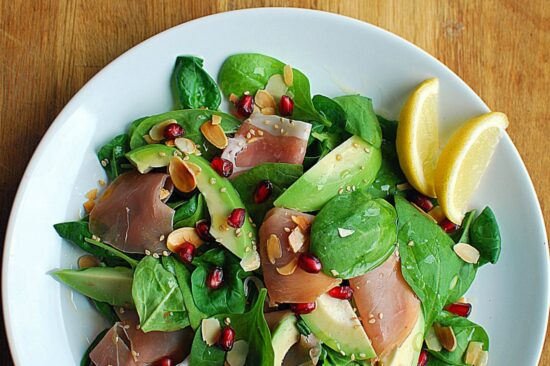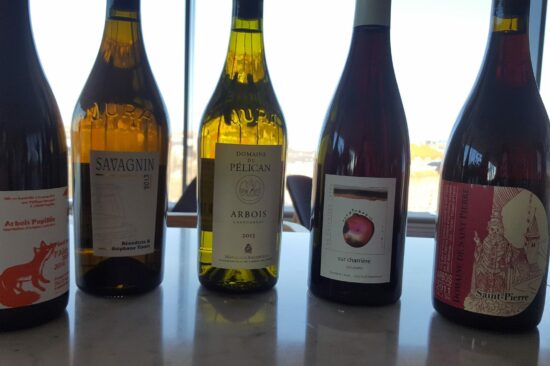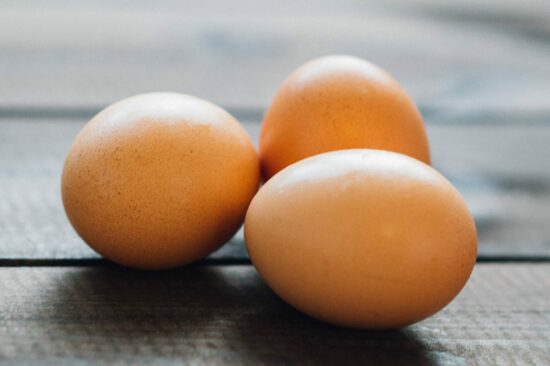Sharon Bowman
A Pommard. Like that
Yes, Pommard. It’s one of those things that people who don’t know anything about wine know. Like Châteauneuf-du-Pape or Margaux. The word Pommard has a heft to it, a stately ring.
I knew Pommard when I knew little about wine—less about Burgundy, even, than Bordeaux (my early days were curiously canted toward the Loire and the western seaboard of France). Pommard, when I started to gather up the splinters of Burgundy information, well, Pommard was the Côte de Beaune’s masculine wine, ruggedly flexing its muscles near the lacy Volnay.
(Then I went there. It was astouding to see a little string of Christmas lights, those villages, so close: a mere kilometer in distance, apiece, from Beaune to Pommard to Volnay to Meursault. But that should be the subject of another, daintily nostalgic post. (I’m sure you all know how dainty and nostalgic I can get, here.))
It took some time for me to debunk the standard Gallic wisdom: Volnay = girl wine. Pommard = boy wine.
I’ve had a lot of tangly, rustic Volnays (most recently a 2005 from Henri & Gilles Buisson that was angular; though traditionalists might argue that that was the bluestocking version of the feminine Volnay). And there are some supple Pommards afoot.
Witness:
2002 Jadot Pommard. There you go. I wanted pinot. Burgundian pinot. I hankered for it, craved it. So I thought: well, I’m having dinner by myself and it’ll be simple and lazy, some goose rillettes and a piece of Camembert*, or something. I uncorked this.
OK, yum. Just yum. Just yum. Silk and lace and (yuck, that’s starting to sound like a Victoria’s Secret catalog); scratch that. What I mean to say is that it was pure. Vibrant 2002 pinot fruit, little cherries, all the pleasure that a balanced, tasty Burgundy can bring. Glug-worthy, hell.
So if Pommard has to be the man’s wine, I’m going to wear a hat and a fake mustache. I have no shame.
*For all of you cheese snobs out there, I gleefully invite you to indulge in an actual good, non-industrial Camembert. The poor thing got so popular for a reason, and despite the fact that 97.99% of today’s Camembert is made in a factory in Laval (I approximate), the real thing is great. Perhaps too great for potential moderation, but that is another issue altogether.
* Sharon Bowman, bloggerka, znawczyni wina.
„Kultura Liberalna” nr 59 (9/2010) z 2 marca 2010 r.






